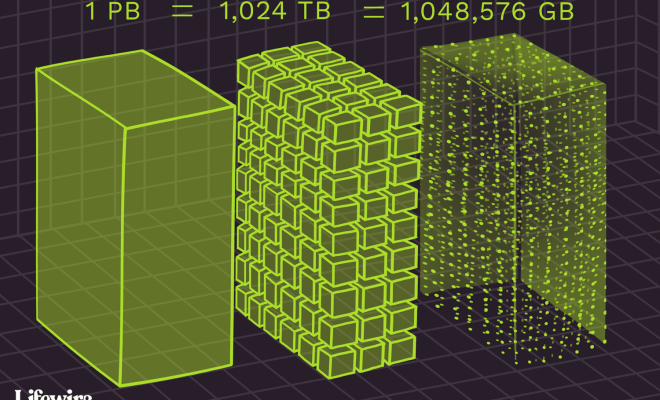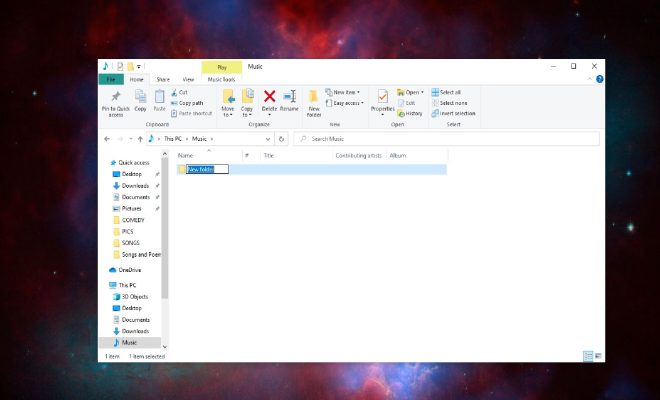Terabytes, Gigabytes, & Petabytes: How Big Are They?

In a digital age where technology is so prevalent and almost every aspect of our lives is stored in electronic form, it is of utmost importance to understand the various measures of digital information – terabytes, gigabytes, and petabytes. These measures are often thrown around, but what exactly do they mean?
Firstly, let’s define what digital information is. Digital information, in simple terms, is data in electronic form that can be stored, processed, and transmitted through a computer system. This data could be photos, videos, music, documents, or any other form of electronic data.
Terabytes (TB) is a measure of digital information comprising 1 trillion bytes. To put this into perspective, imagine a standard DVD being equal to 4.7GB. Therefore, a terabyte of data equates to nearly 200 DVDs worth of information. With the ever-increasing amount of data being produced worldwide, terabytes of data storage have become increasingly more common, with many computers now having more than a terabyte of storage space.
Gigabytes (GB), on the other hand, is a measure of digital information that consists of 1 billion bytes. A gigabyte can store a significant amount of data, including documents, music, and video. For instance, a single high-quality movie usually takes up around 1GB of storage space. In terms of storage sizes, a gigabyte is a relatively small measure when compared to terabytes, but it is still prevalent in everyday usage.
Petabytes (PB) is a measure of digital information equal to 1,000 terabytes. A petabyte can store an enormous amount of data, and it is estimated that the amount of data generated in the world doubles every two years. Huge data platforms like Facebook or Google have reached the petabyte scale, and it is predicted that in the coming years, more companies and organizations will require petabyte-level storage capacity.
It is essential to note that these digital storage measures are not just random numbers. They are part of an organized system of measurement that follows the International System of Units (SI) standards. This system ensures that everyone across the world uses the same scale to measure digital storage space.
In conclusion, understanding the meaning of digital storage measures like terabytes, gigabytes, and petabytes is essential. They have become a significant part of our daily lives, and as we produce more data, the need for storing it increases. Whether it is for personal storage, business requirements, or data management, the knowledge of these measures can help you make informed decisions about your digital storage requirements.






